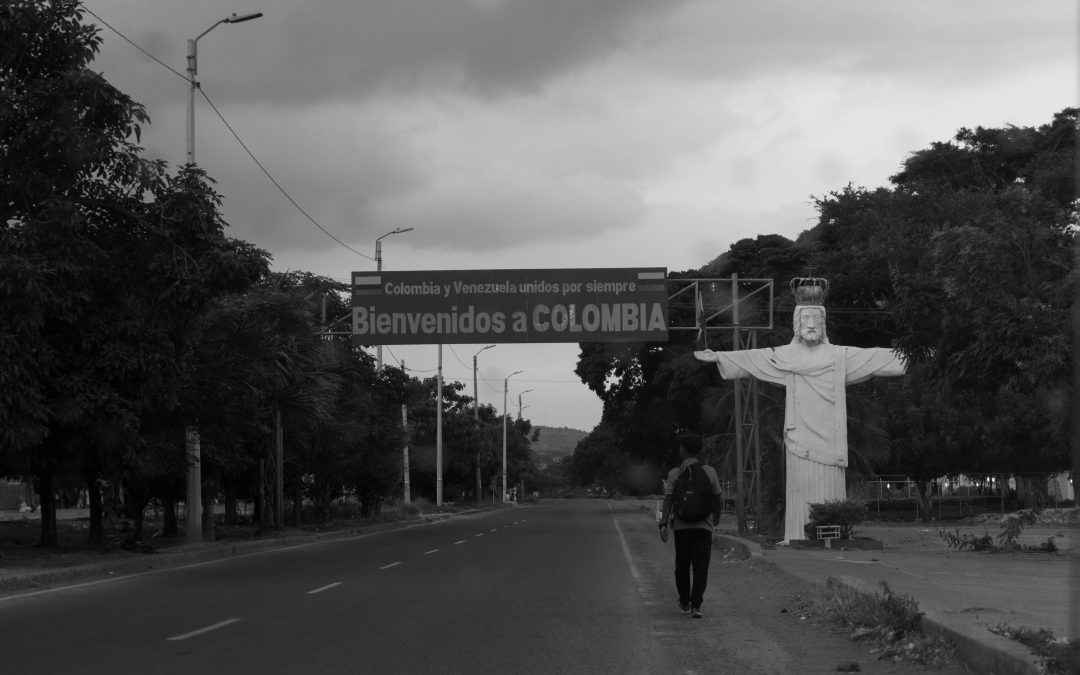Dr Tanja Bastia, The University of Manchester, Dr Erika Busse Cárdenas, Macalaster College, Dr María Calderón Muñoz, independent scholar
Erika, María and Tanja have known each other for over twenty years – we met in 1998 as students at the MA in Gender and Development (MA12) at IDS, Sussex. Last autumn (2020) we started meeting quite regularly on Zoom, first just catching up about the way the pandemic was affecting our lives and the countries we are most familiar with, and over time, to discuss decolonial readings. By spring, we were ready to put our heads together and do something different. We saw the call for proposals from the SEED Social Responsibility Catalyst Fund and thought about seeking funds for a photo competition and exhibition. Erika previously worked as a professional photographer and we all worked on different aspects of mobility, one way or another. With this project, we wanted to contribute to dispelling stereotypes and myths surrounding migration by inviting photographs by migrants with diverse backgrounds.
Mainstream media tend to portray migrants in extreme situations, escaping conflict and environmental disasters, seeking sanctuary and safety by undertaking perilous journeys. Through this competition, we were hoping to receive photographs from migrants across the educational spectrum. We also hoped to document the wide variety of reasons that migrants have for seeking a life abroad: work, education, love or curiosity. With the focus on Covid-19, we aimed to illustrate how migrants with different socio-economic backgrounds, levels of education and time abroad, have some shared experiences but also some which were divergent, in the ways in which they experienced the pandemic.
Once funds were confirmed, we brought in Dr Verónica Castro, a visual anthropologist and documentary maker, to help us with the design of a set of cards, which we hope to use in classrooms and to distribute to organisations working to advance migrants’ rights, so they can be used in education projects and advocacy. The virtual exhibition and permanent website can serve as a teaching resource for the applicants and others currently involved in teaching migration.
Note: This article gives the views of the author/academic featured and does not represent the views of the Global Development Institute as a whole.


